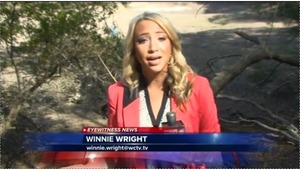A surprising number of the Board’s nine goals for 2014 have been accomplished, and some new ones have already been added. What goals should WWALS have for 2015?
 Goals accomplished include
becoming an
IRS 501(c)(3)
and raising money for and purchasing
insurance.
Some we’ve been doing right along:
cleanups, including Rivers Alive.
Some are so much the core of what WWALS does that we
didn’t even list them as goals, but we’ve been doing them anyway:
monthly outings
and
indoor events.
Goals accomplished include
becoming an
IRS 501(c)(3)
and raising money for and purchasing
insurance.
Some we’ve been doing right along:
cleanups, including Rivers Alive.
Some are so much the core of what WWALS does that we
didn’t even list them as goals, but we’ve been doing them anyway:
monthly outings
and
indoor events.
The later-added goal of the Alapaha River Water Trail is Continue reading










